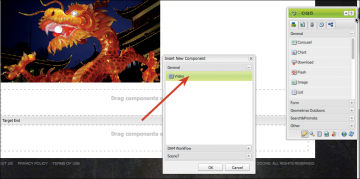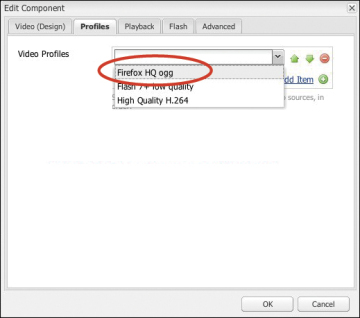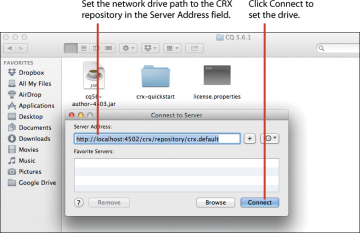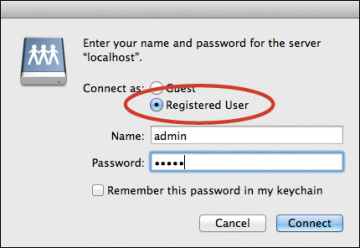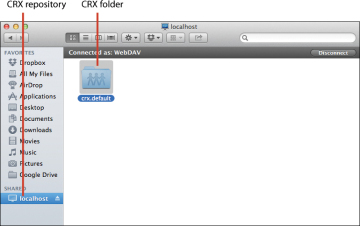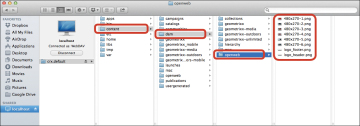Digital Asset Management in Adobe Experience Manager
Like other digital asset management systems (DAM), Adobe Experience Manager’s DAM focuses on managing digital media files, but it excels in integrating these digital assets within Adobe’s web content management system. The DAM is able to catalog and manage video files, images, or music files, each in their varying formats. When used properly, this feature will increase the overall value of AEM by simplifying integration of rich media into your web experience.
Basic DAM Functions
AEM provides powerful drag and drop functionality so you can upload images directly from a local machine or bulk upload multiple digital assets via Web DAV or Adobe Drive.
How to organize assets
The first step in organizing your assets is to create a logical folder structure:
On the AEM welcome screen, click the Digital Assets link.
- In the AEM DAM folder structure, select the site where you want to upload or manage the assets.
In the toolbar, click New, and choose New Folder to create a new folder with a relevant name, such as video, document, image, and so on.
- Double-check the location of the folder within the structure to confirm it was created correctly.
How to upload and activate assets
- On the welcome screen, click Digital Assets.
Navigate to the folder you’d like to add an asset to and click the New button in the DAM toolbar. Choose New File.
The system prompts you to upload a new asset. Browse to the desired asset, or multiple assets, on a local or network machine and select the files. Click Upload to upload all the assets to the designated folder. Alternatively, you can also simply drag one or more assets at once directly from your directory into the desired DAM folder.
Once you have uploaded an asset, you can send a request to activate the asset by initiating an activation workflow (see Chapter 8).
For a publisher or an administrator, the Activate button will be enabled on the DAM toolbar. Click the Activate button and then choose Activate from the drop-down menu to activate and publish the asset immediately.

If you have permission to activate an asset, the Activate button will be enabled on the DAM toolbar.
AEM puts an appropriate pending status for that asset based on the other assets marked for activation in the queue.
How to delete an asset
Navigate to the Digital Assets interface from the AEM welcome screen. Select the asset you want to delete and click the Delete button in the DAM toolbar. You can also right-click the asset and choose Delete from the context menu.
The system prompts you to confirm the deletion.

Confirm deletion prompt; if the asset has references to other pages, the system will alert you.
Click Yes to initiate the asset deletion process. If the asset has no references to any pages on any site, the asset will simply be deleted from DAM. If the asset has references to other pages, the system will throw a warning prompt notifying the user.
In the system prompt, click No to see all the references for the asset that needs to be deleted.
Alternatively, if you click the Tools button in the DAM toolbar and then choose References from the drop-down menu, you’ll see all the references for a particular asset (before you initiate the deletion process).
How to edit asset properties and metadata
Right-click the asset you want to edit and click Open from the context menu.
A detailed asset view opens with different editable properties, including title, description, tags, language, and other fields.
In order to change the asset tags, click the Tags drop-down. To assign a tag, double-click a particular property from the tags pane.
Click Save to save all the changes.
How to restore an asset
From time to time, you’ll need to restore an asset to a previous version. For example, if it was modified incorrectly or if its tags were changed in error, you could use the restore function to set it back to its former state.
Right-click the asset you’d like to edit and choose Open from the context menu.
- In the detailed asset view, click the Versions tab to show all the available versions for that asset.
Select a version and click the Restore button to set the asset to another version.
You can add a version label and comments for the new version of the image.
Click OK to finish.
Alternatively, you can also restore an asset directly by clicking the Tools button in the DAM toolbar and choosing Restore from the drop-down menu.
How to use DAM to transcode videos into different formats
Before enabling DAM to transcode videos, ensure that AEM framework is enabled with FFmpeg encoder add-on.
- If you haven’t already, install the FFmpeg encoder add-on from http://ffmpeg.org.
- Unzip the Installation folder and set the system environment variable path to <your-ffmpeg-location>\bin.
Restart AEM.
Once the FFmpeg add-on has been set up, ensure that AEM has a set of Video profiles, which defines a set of video configuration properties for a particular video format, such as MP4, FLV, and so on. Configurations applied on these video profiles will enable the transcoding workflows to generate alternate video formats for a video asset.
AEM comes prebundled with some video profiles, which can be reconfigured per the transcoding needs.
In the AEM toolbar, click the Tools button and choose DAM > Video Profiles.
To test out your video transcoding feature, upload a test video in any format other than H.264 and click Run Test. If FFmpeg is installed correctly, the system successfully transcodes the uploaded video in H.264 format.
To edit more properties of the video profile, click the Edit button on the Video Profiles component toolbar. In the Video Profile Settings dialog box, you can change various settings and naming conventions for the selected video profile. Click OK to save all changes.
Once the Video profile is configured, navigate to a page in the AEM site hierarchy and add a video component.
Edit the video component to see the component’s properties. On the Profiles tab, select the video profile the video should convert to while playing on this page.
How to upload assets using Web DAV
- In order to set the Web DAV, set the network drive to the following:
http://localhost:<portnumber>/crx/repository/crx.default
Setting the network drive to this path will enable the simple drag and drop feature to upload assets to CRX repository.
The server prompts you to enter the credentials to connect to the AEM repository.
Select Registered User (Mac), or simply enter user ID and password (Windows). Click Connect to set up the repository as a drive on your local machine.
Once the repository is set up as the drive, it will be viewable from My Computer (Windows) or Finder (Mac).
Once inside the directory, navigate to crx.default > Content > DAM. In this directory, you can create new folders and drag and drop assets to directly import assets into DAM.





















